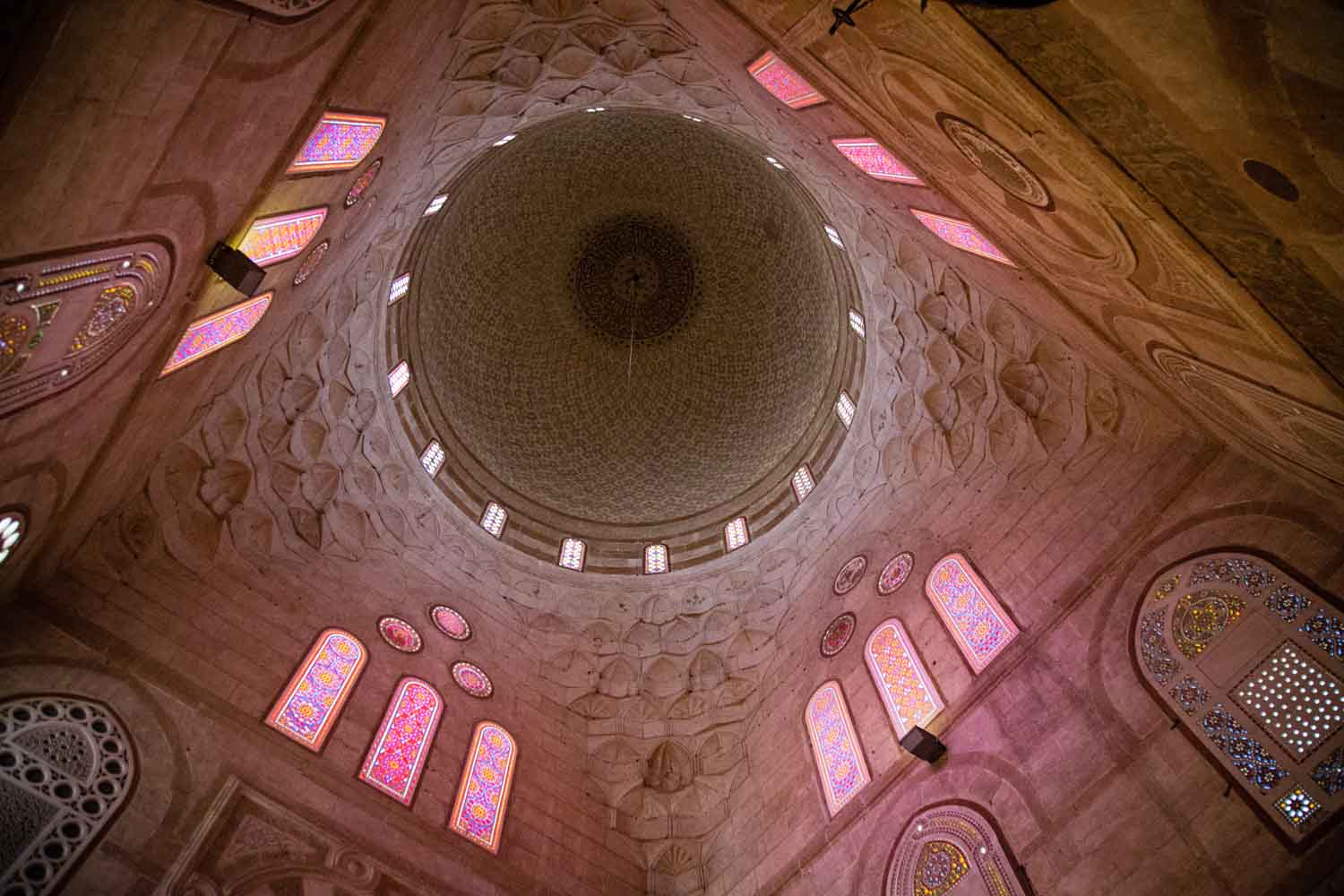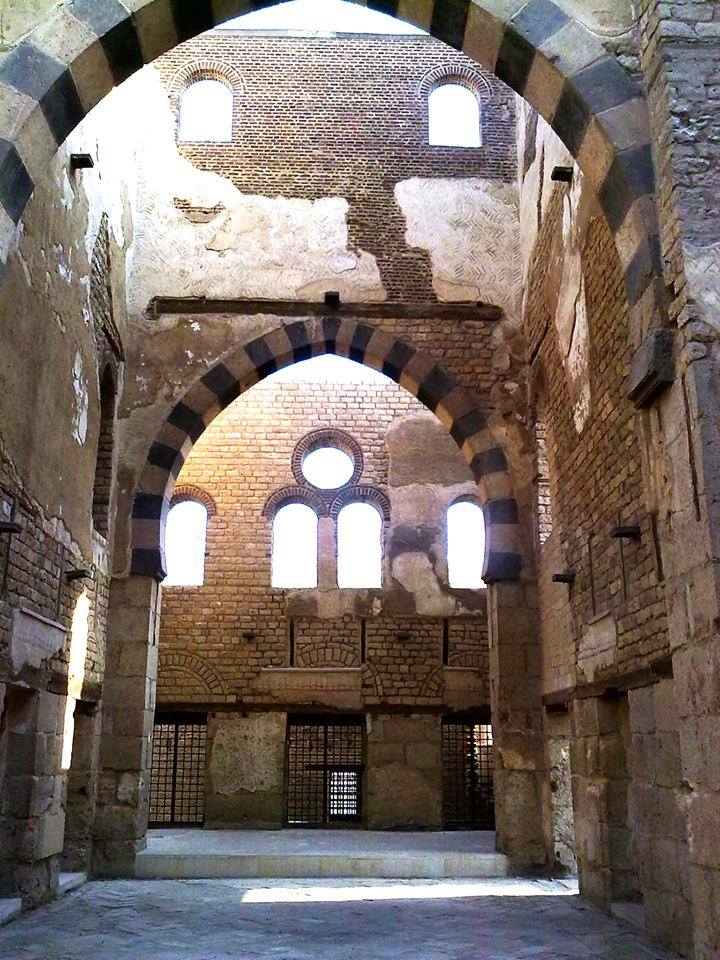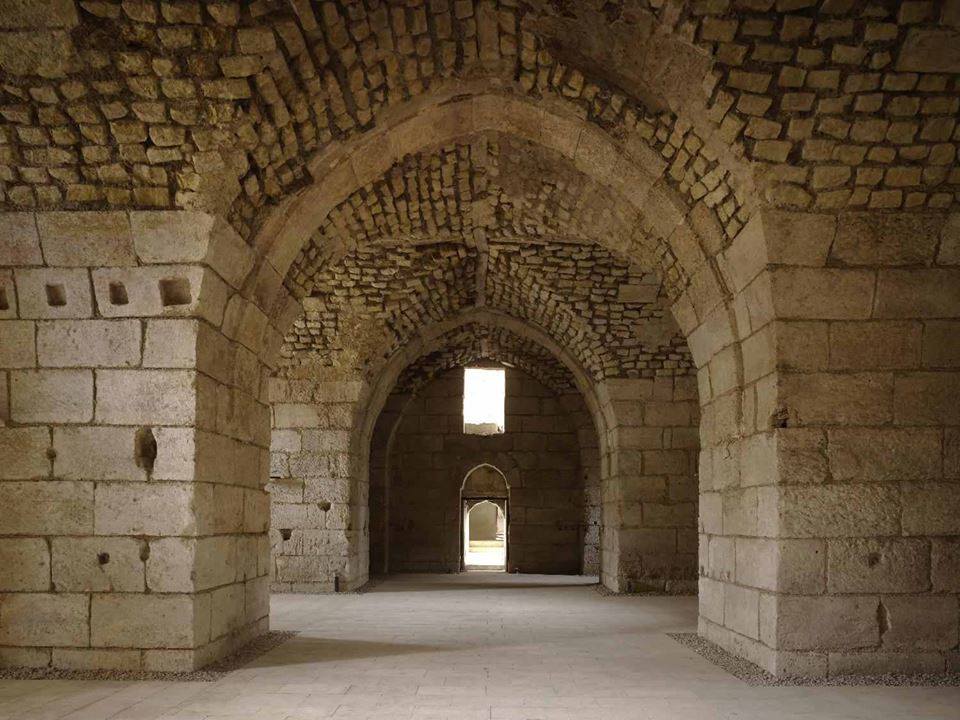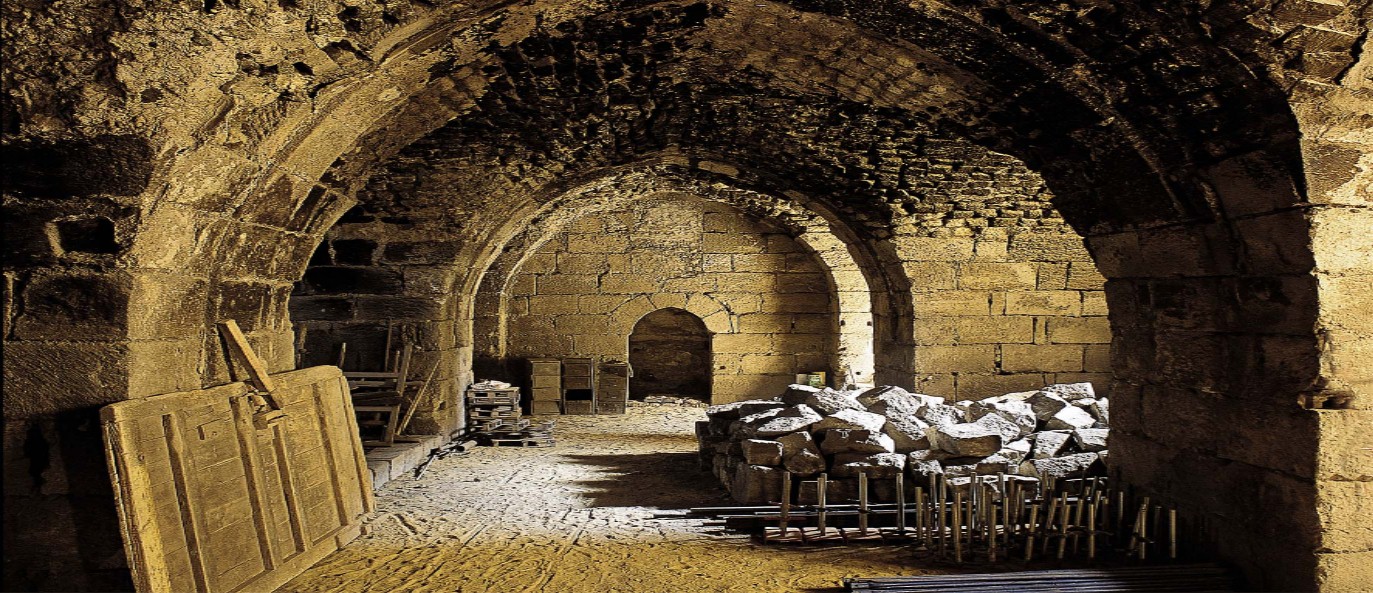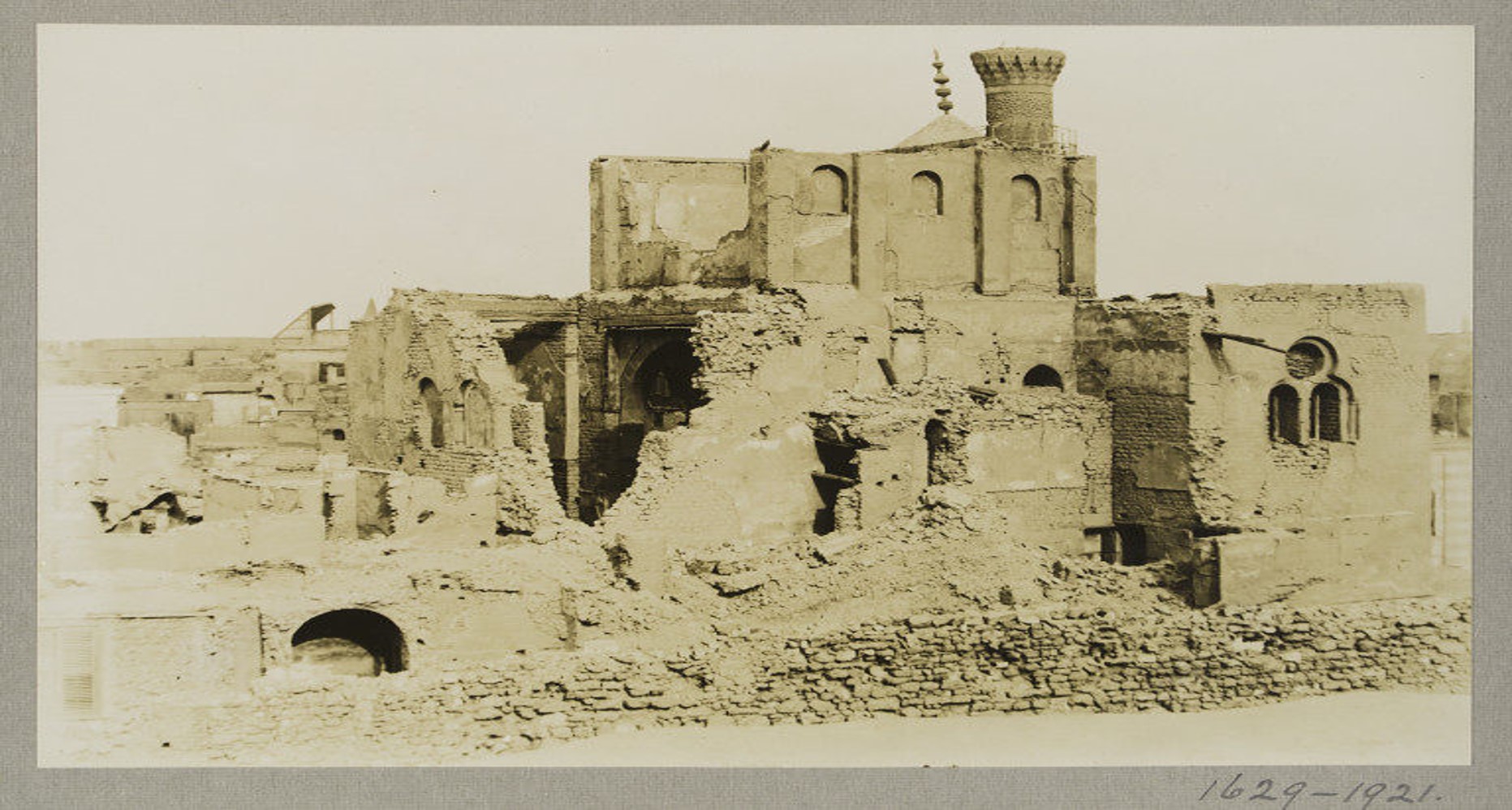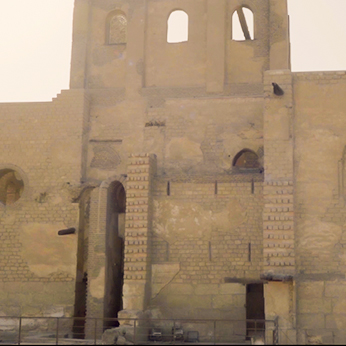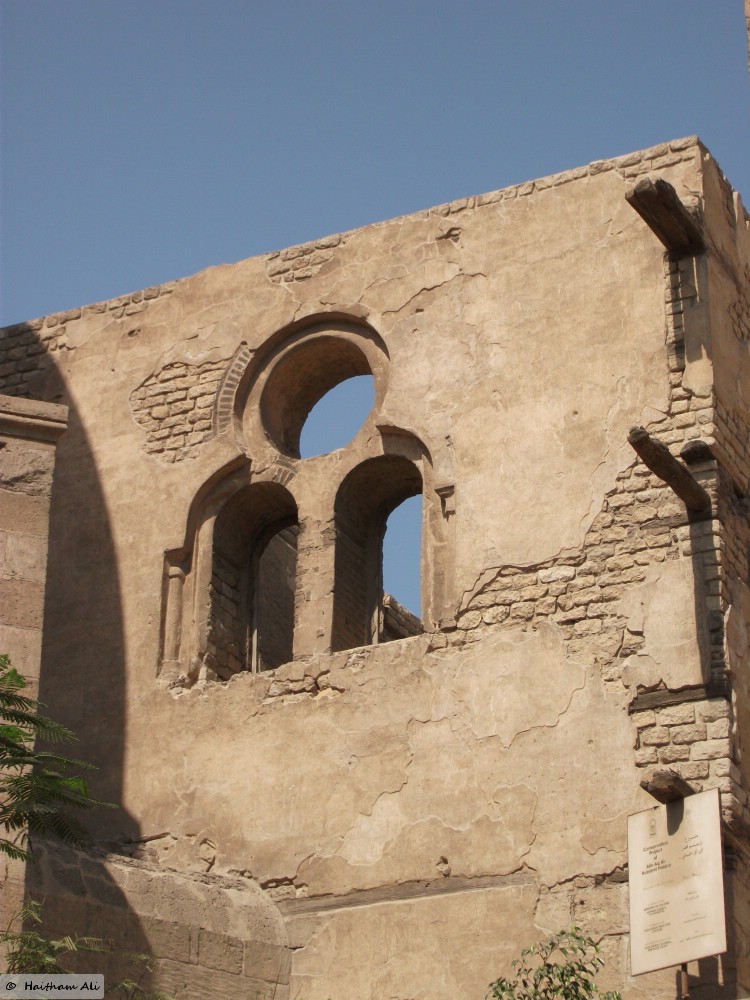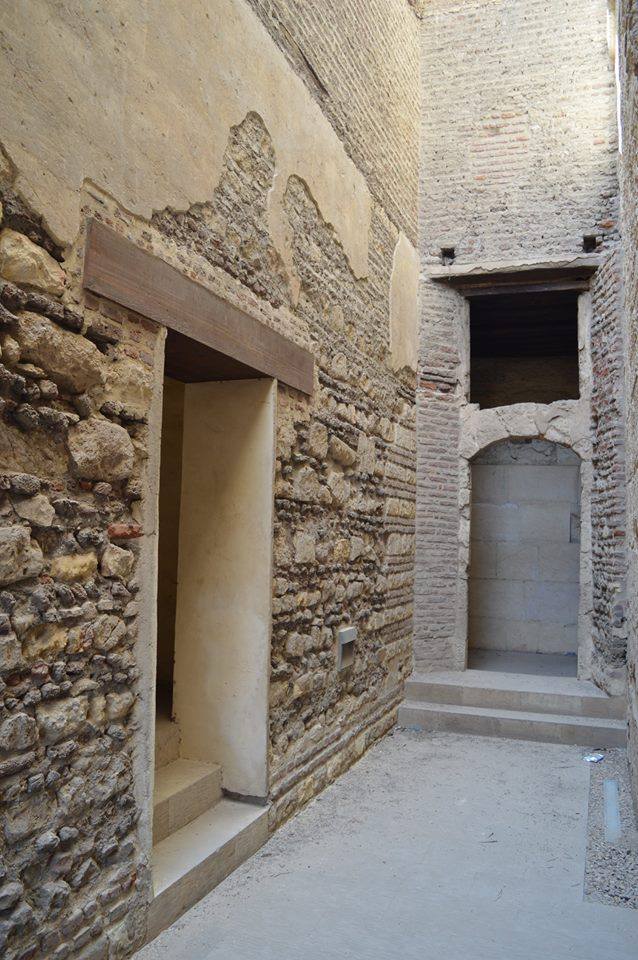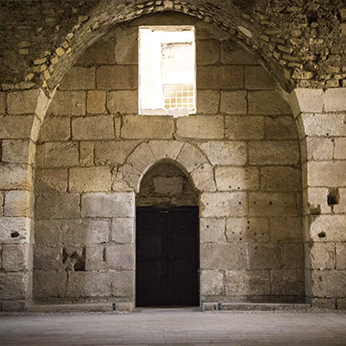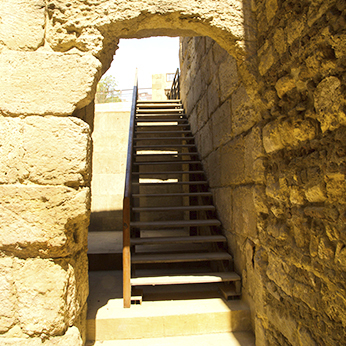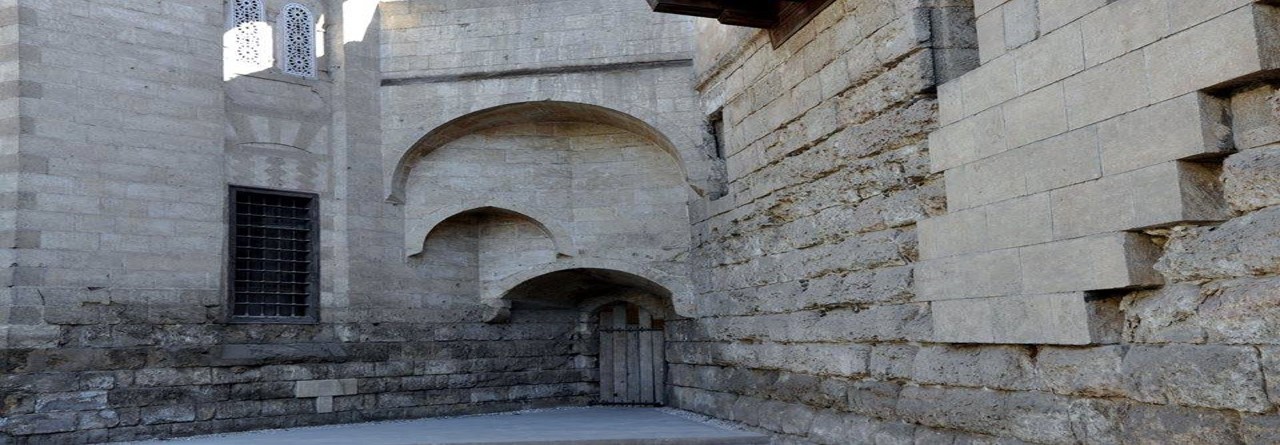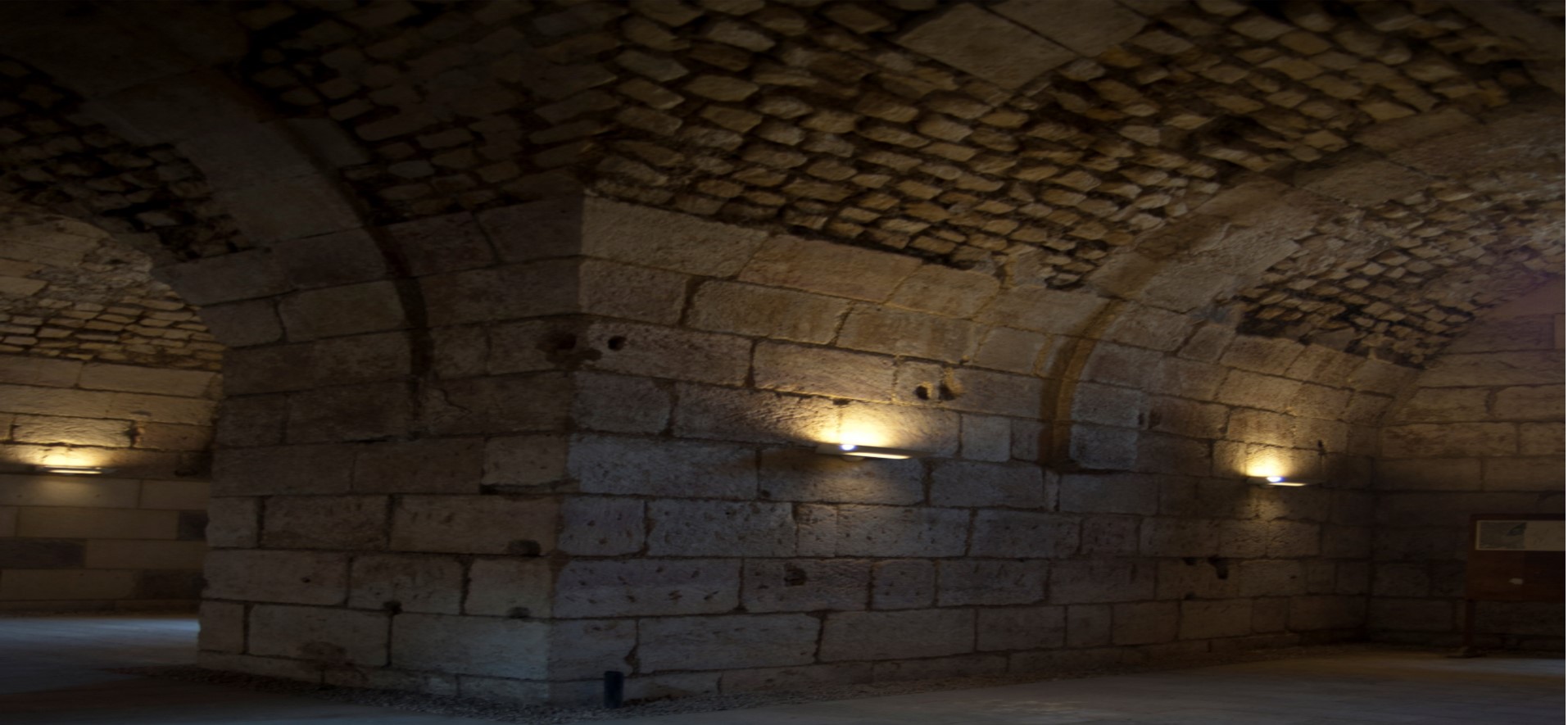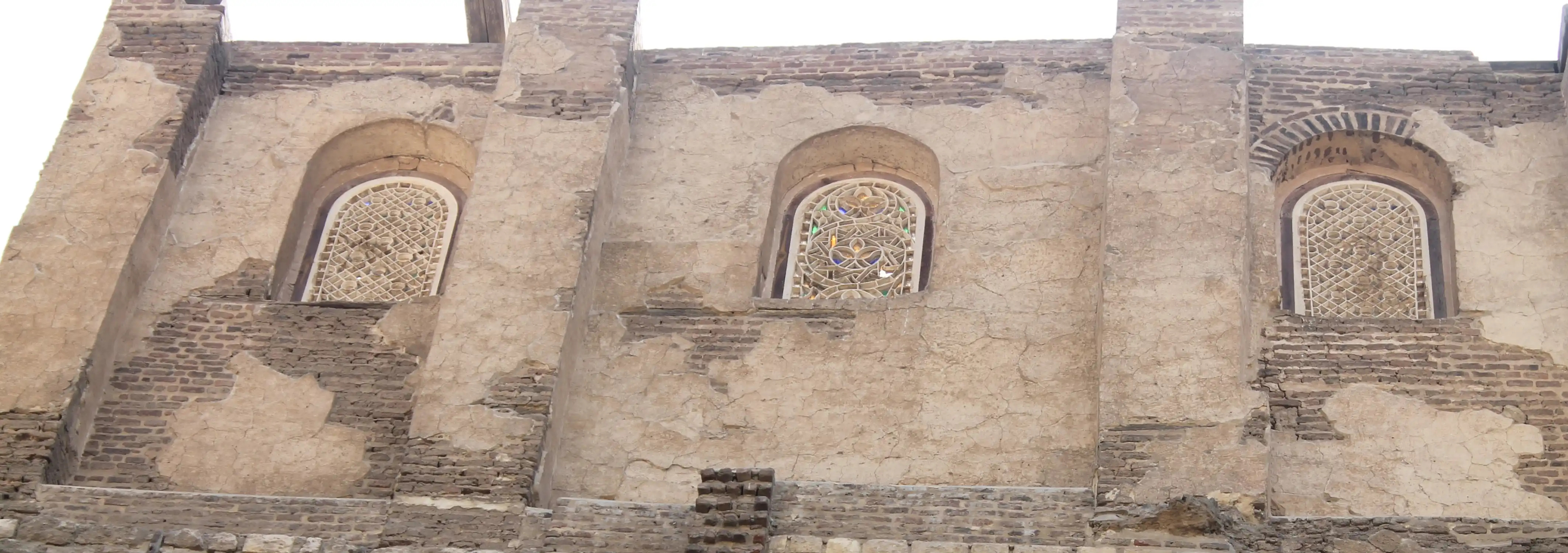Khayer-Bek Complex
The complex was built by Prince Khayer-Bek in 908 AH / 1502 AD, who was one of the princes of Sultan Al-Ghuri. He played a major role in the political changes in Egypt and Syria, particularity when he cooperated with the Ottomans against his master the sultan Al Ghuri in the battle of Marj Dabek close to Aleppo. For this reason, Egyptians name him Khayn-bek (the traitor) after the incident. When the Ottomans conquered Egypt, they appointed him as an important official for five years until his death in 928 AH / 1521AD.
